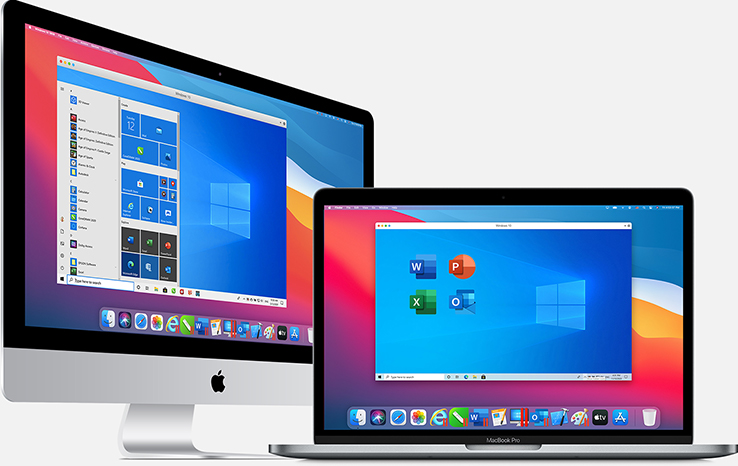

I remember of some Solaris Sparc images back in the days but nothing about ARM. It is not possible to run IOU because IOU images are compiled for i386 or x86_64. However, Dynamips has been compiled without JIT (Just In Time) support which may slow things down or not be as optimized.Ĭonclusion: supported but may be slower or unstable IOU I was able to manually create a template for IOSv-L2 and I had to force to not using KVM by adding -machine accel=tcg otherwise the server would complain that KVM is not available.Ĭonclusion: supported but likely to be really slow Dynamipsĭynamips seems to work okay.

So I don't expect we will see nested virtualization until Apple or VMware does something. However, as expected, nested virtualization isn't possible even after trying to enable it on the Qemu command line (virtualization=on). However, Apple's virtualization solution doesn't currently support those.Īlso, I was successful to run the GNS3 VM using a patched QEMU leveraging amework (hvf acceleration): see or Kvm : Hyp mode initialized successfullyĪs you can see GNS3 VM doesn't start with Hypervisor mode or EL2:Īlso, I read the following nested virtualization including the ARMv8.4 improvements are present on Apple M1. My understanding is that to use KVM, the firmware must start Linux in hypervisor (EL2 / HYP) mode and the kernel should print something like this: Qemu is the big issue because KVM hardware acceleration is not supported. Ĭonclusion it is only possible to Docker containers made for arm64/v8 Qemu It is currently only possible to run images / containers made for other architectures on a x86_64 host, see and. Standard_init_linux.go:228: exec user process caused: exec format error WARNING: The requested image's platform (linux/amd64) does not match the detected host platform (linux/arm64/v8) and no specific platform was requested Status: Downloaded newer image for amd64/ubuntu:latest This is what happens if you want to run Ubuntu image made for amd64 docker run -rm -t amd64/ubuntu uname -m We aim to have our containers built for multiple architectures at a later stage. You can quickly check on Docker Hub what architectures are supported, for instance Ĭompare this with a container we distribute,, which only supports amd64. However, any image or container you want to run must be built for the arm64v8 architecture, most images like Ubuntu, Alpine etc. Note that this will not be needed with GNS3 version >= 3.0, the server will automatically use the host busybox: GNS3/gns3-server#1908 Sudo cp /usr/bin/busybox /usr/local/lib/python3.8/dist-packages/gns3server/compute/docker/resources/bin/busybox The workaround is to SSH to the GNS3 VM and type this command: Trying to run a container out of the box will result in an exec format error because the busybox binary that is distributed part of the GNS3 server package is compiled for the x86_64 architecture, not ARM. Launch GNS3 and use the VM as a remote server Go to the first adapter settings and make sure it is configured to be private Go back to the VM settings and add another device Go to the VM settings and add an additional device The GNS3 VM is based on Ubuntu 20.04 LTS for ARM64 architecture (aarch64). It is not possible to import an OVA at the moment, see #3257 (comment) Installation on VMware Fusion Create a custom virtual machine See below for limitations, workarounds and other issues. VMware Fusion for M1 itself is just a preview. Please note this is EXPERIMENTAL, do not expect it to work like on Intel/AMD. I built a GNS3 VM for ARM which can run on Apple silicon M1.


 0 kommentar(er)
0 kommentar(er)
